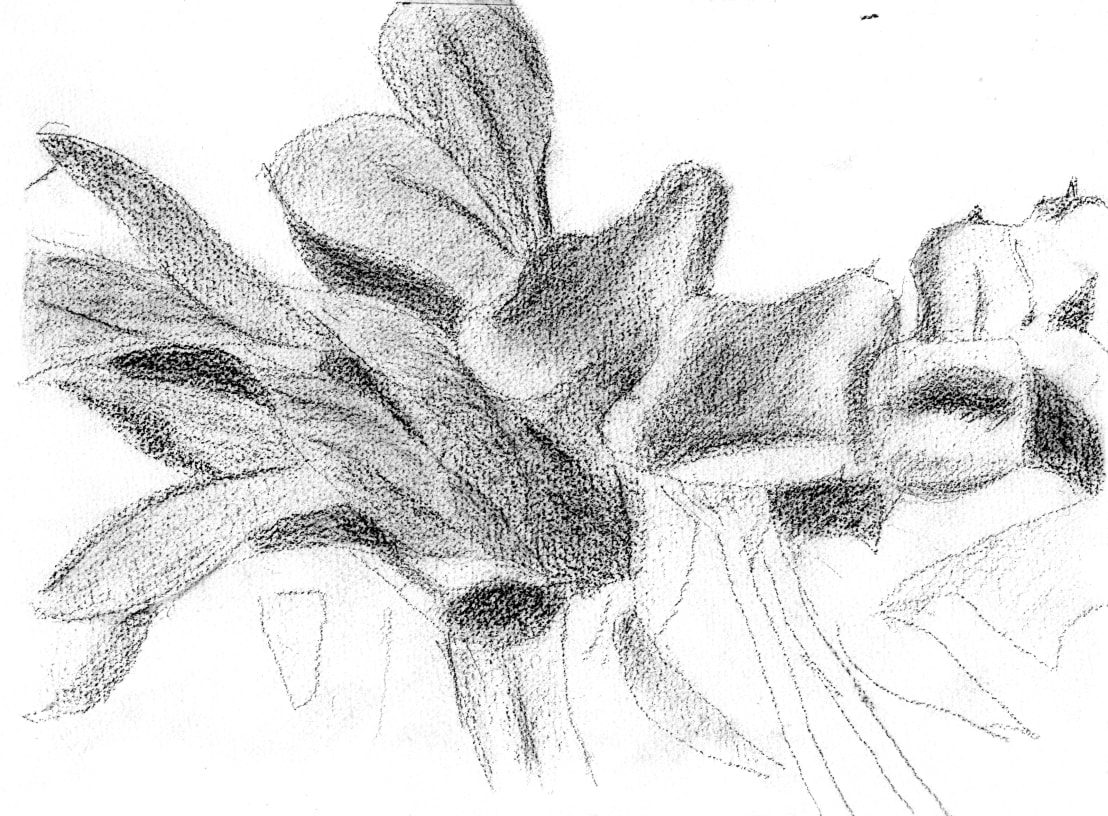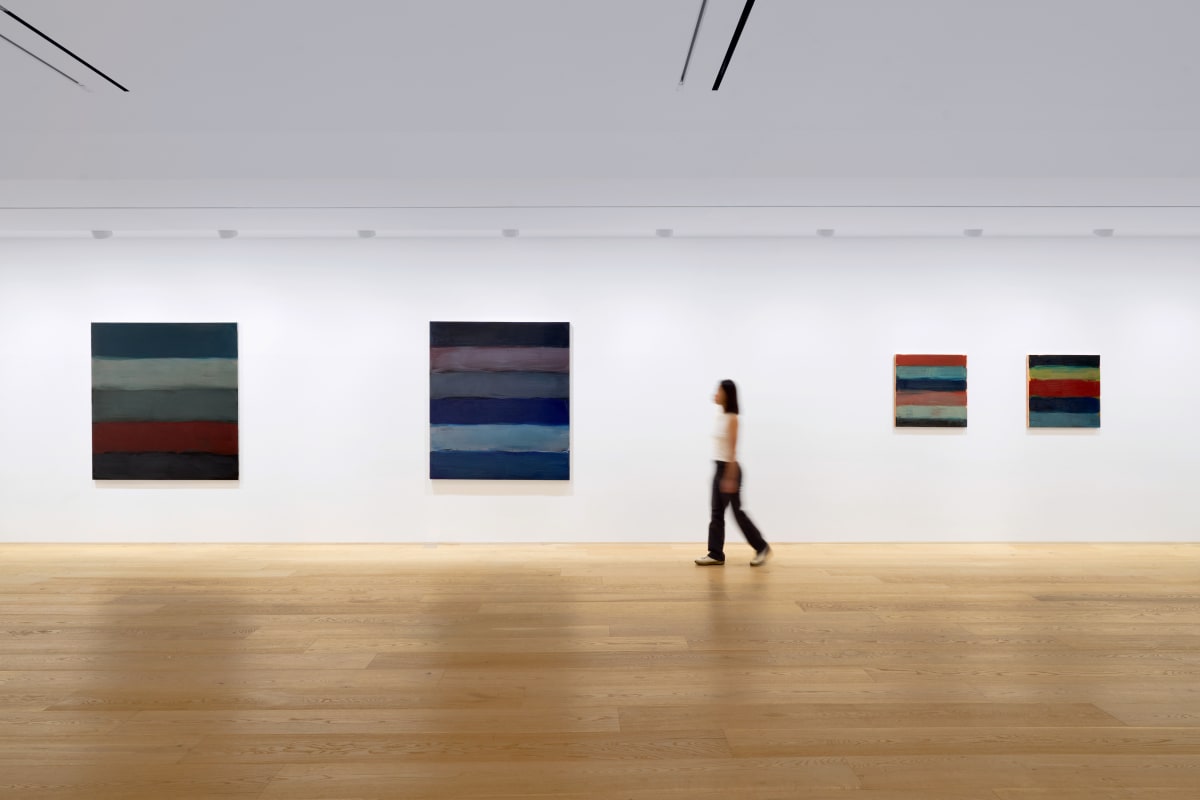

Overview
Wolfgang Laib is less concerned with innovation or formal development than with continuity.
We take pleasure in announcing a comprehensive solo exhibition of works by Wolfgang Laib, who lives in Hochdorf, near Biberach (Baden-Württemberg).
Wolfgang Laib is less concerned with innovation or formal development than with continuity. His works are to be approached not in chronological order, but through the forms and materials repeated in regular cycles. Materials central to Laib's work are milk, pollen, rice, wax and marble.
Characteristic of his work are the forms of cone and rectangle, as well as stylised motifs such as houses, ships and stairs. In 1975 he created his first milk-stone: milk is poured into a hollow in a rectangular marble block; the stone is refilled with milk every morning and cleaned in the evening. Solid and liquid seem to merge, resulting in a delicate balancing act between motion and stillness. In 1977 Laib realised his first work with pollen from pine, hazelnut, buttercup and dandelion, which he sieved in a temporary rectangle on the floor. The pollen from the various plants differs in colour and consistency; the orange-yellow dandelion pollen is far coarser than the fine, pale yellow pine. On the floor, this fertile substance, charged with solar energy, seems like a radiant, fragrant and apparently floating form. Particular concentration is demanded by the knowledge of its sensitive nature - it can be destroyed by a breath of wind or a movement of the hand.
From time to time, Wolfgang Laib includes a new form in his artistic vocabulary, or realises it in a different material. Stairs, for instance: this motif appeared in 1992 as part of an untitled work made of beeswax. In 2002 he realised the form for the first time in black and vermilion thitsi lacquer from Burma (Myanmar). All his works, he says, "are basically concerned with one and the same thing": with a journey, with the concurrence of motion and stillness, of material and immaterial, of the durable and the ephemeral, with balance and transformation, with the attempt to explore the irrational or the impossible, and with the search for an entrance or a passage to another world. His materials, his forms and his artistic process are extreme in their simplicity, their purity and their concentrated quietude.
The main works in the Salzburg exhibition are wax sculptures, a room prepared with installations of pollen and heaps of rice, a monumental red double staircase, black-painted houses of Indian granite and a black wooden staircase painted with Burmese lacquer. The works were all created within recent months, partly in his studio or in India.
Wolfgang Laib (b 1950) studied medicine at the University of Tübingen from 1968 to 1974. Concurrently, he attended lectures in history of art, philosophy, psychology and Oriental philology. From 1971, he also studied Indology, and learned Sanskrit, Hindi and Tamil. After graduating in 1974, he decided to devote himself exclusively to art. In 1982 he exhibited at documenta 7 in Kassel, and in 1986 his first official solo exhibition was held in the Musée d'art moderne de la ville de Paris. In 1987 he was represented once more in Kassel, at documenta 8. There followed major exhibitions in the Kunstmuseum Bonn (1992), Museum of Contemporary Art in Los Angeles (1992), Kunsthaus Bregenz (1999/2000), Hirshhorn Museum/Washington DC (2002), Dallas Museum of Art/Texas (2002), Haus der Kunst/Munich (2002/3) and Fondation Beyeler Riehen/Basel (2005/06).

















































































































































































